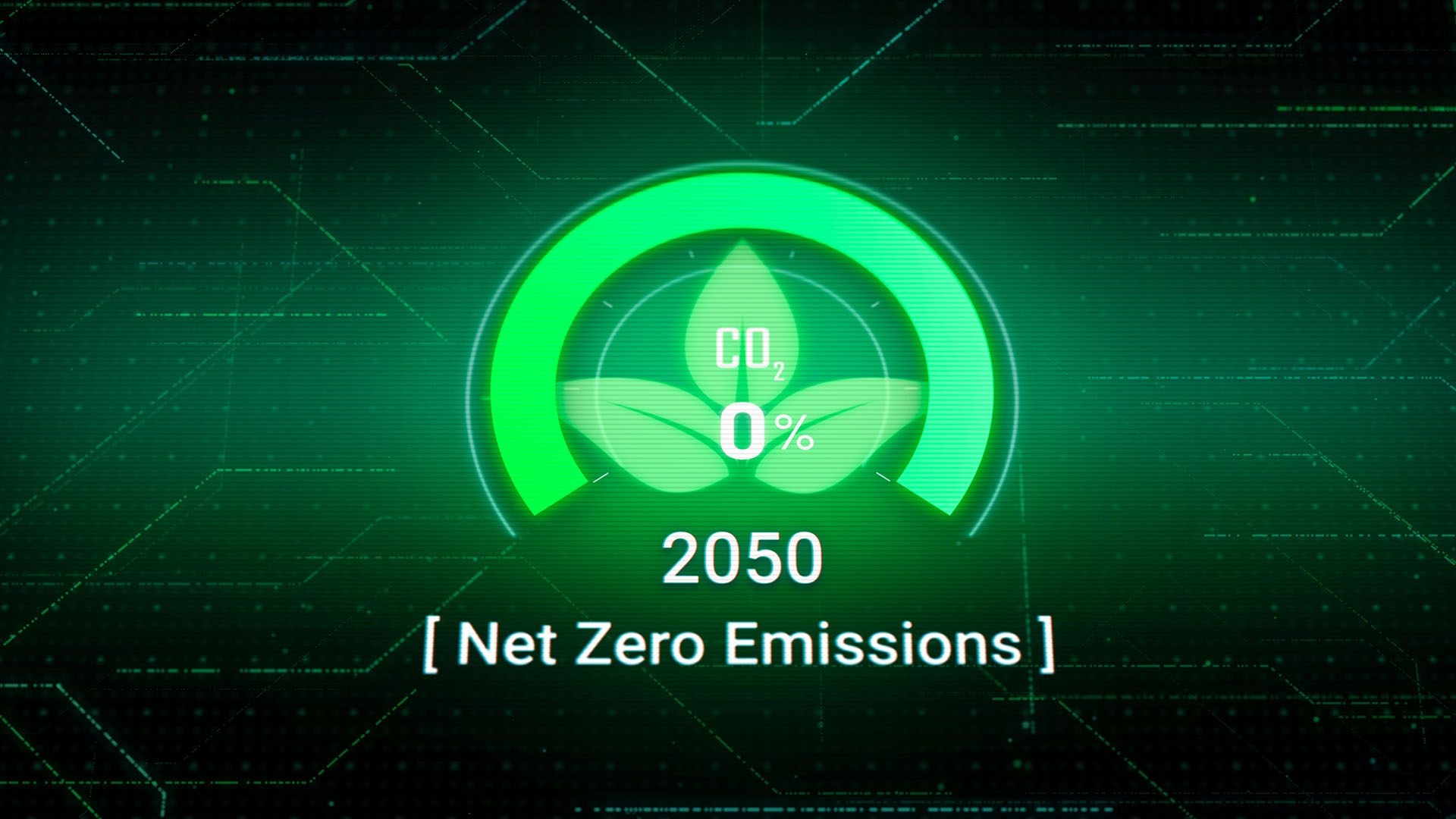
Achieving net-zero through corporate real estate investments
Author:
Mondial | Publication | juin 2022
Introduction
The transition to “net-zero” will require a fundamental shift in the functioning of our economy, and in the way in which we live our lives. In that sense, with buildings producing significant amounts of carbon emissions and being substantial energy consumers (the Climate Change Committee calculates that buildings account for 23 percent of the UK’s greenhouse gas emissions and 59 percent of the UK’s electricity consumption), the future development and operation of buildings will play a crucial role in reducing carbon emissions and levels of energy consumption.
Alongside governments and industry bodies promoting net-zero targets (such as the UK Green Building Council and the Better Buildings Partnership), and developers focusing heavily on cleaner building methods and materials, real estate investors will play a key part in ensuring that the entire sector transitions to a net-zero future.
Adapting to the new regime
In recent years, environmental, social and governance (ESG) factors have moved from being a relatively peripheral, “nice to have” accolade for investments to a mainstream concern for real estate investors. Given this change in priorities, investment platforms (such as funds and real estate investment trusts) must strike a careful balance between achieving ESG-related targets when making investments (both on an individual asset and portfolio-wide basis), and maintaining investor returns.
Whilst investments will always be made on the basis of strong financials, for those platforms whose investment strategy focuses predominantly on “clean” assets, this balance is likely to be more easily attained, but for those with a mixed portfolio or a less-than-enthusiastic investor base, the challenge will be greater. Regardless, it is clear that the market is moving irreversibly in the direction of cleaner, more energy efficient buildings and for increasingly stringent ESG standards to be achieved. In fact, some investors simply will not invest in assets which fail to meet certain minimum standards and legislation is likely to catch-up to enforce such standards (noting that plans are already afoot to expand the scope of existing legislation in the realms of Energy Performance Certificates and Minimum Energy Efficiency Standards). For instance, in our experience, institutional investors with long-term hold strategies no longer consider assets which do not achieve the highest (or near highest) ESG accreditations, as they are reluctant to budget time and effort to upgrade such assets during their hold period.
In order to make this transition without compromising investor returns, all players within the real estate value chain, whether developers, contractors, investors, asset managers, financiers, landlords and tenants, will need to consider their business models, and adopt a much more collaborative and holistic approach to achieving net-zero. Stakeholders will also need to be flexible when adapting to new models and working practices, not least whilst navigating a fast-changing regulatory environment and other stakeholder requirements.
Of course, the success of such approach is likely to vary greatly amongst different asset classes and, in particular, the nature and age of the asset itself. For instance, urban office space will be more likely to achieve ESG targets than warehouses, and new-build properties will be more adaptable to a net-zero model than older buildings which have been retrofitted. Also, the manner in which assets are developed and managed can vary significantly as between assets, and so developers and asset managers will need to apply pressure through the value chain to ensure that buildings are developed and operated in the most efficient, environmentally-friendly way possible.
Alongside this, access to development and acquisition finance (including top-ups on existing financings) is likely to become much more limited (at least on financially viable terms) for those assets which have a high carbon footprint.
The upshot to all of this is that the real estate sector is rapidly changing and transitioning towards a cleaner model, and such change is being driven from all sides. Investors – whether they like it or not – will find that ESG becomes a much more important factor when assessing the viability and sustainability of investments.
The role of investors on the path to net-zero
As mentioned above, investors’ role in securing a net-zero future is crucial, and the following examples are just some of the ways in which investors are contributing to this aim:
- Disclosure and transparency – Investors are now demanding greater transparency regarding ESG targets and outcomes and, increasingly, investment platforms now make some form of disclosure in respect of their ESG activities and credentials. Whilst the quality and depth of ESG disclosure varies, such demands have led to a much more open, clearer picture regarding the importance of sustainability, energy efficiency and carbon emission reduction in the real estate sector. In fact, research suggests that REITs with higher levels of ESG disclosure have, amongst other things, lower cost of debt and higher credit ratings1. Moreover, whilst proactive ESG disclosures are being encouraged, it is also now commonplace for investors to require specific information and/or consultation rights with respect to ESG factors and this trend looks set to continue.
- Due diligence – Due diligence is clearly an important workstream for any prospective investment, but investors are now requiring much greater transparency and undertaking broader due diligence exercises to encompass ESG-related factors. For example, investors are increasingly focused on topics such as biodiversity, waste, energy and operational performance, certifications, EV infrastructure and wellbeing when assessing investments. Whilst the scope of investors’ due diligence with respect to ESG factors can vary significantly, we are seeing a “market-standard” approach develop in relation to such due diligence. This is to be welcomed as the expectations of both buyers and sellers can be more easily met with the result that deal-risk during the due diligence phase is substantially reduced.
- Incentives – Fee and/or promote / carried interest structures could be used as a mechanism to incentivize asset managers and other relevant stakeholders to adopt cleaner working practices, improve ESG outcomes and create greater transparency. The challenge with this will be in scoping the triggers for fee / promote uplifts and calculating the value of any improved ESG outcomes in respect of an asset (particularly if such improvements have a negative impact on returns (even if only short term)). Additionally, achieving a lower cost of capital, as well as greater optionality with respect to exits and financings, could form part of an asset manager’s reward structure
Conclusion
To conclude, the goal of achieving net-zero for the real estate sector, together with an increased emphasis on ESG factors, has become a mainstream focus for real estate stakeholders. The way to achieve such goal has yet to be clearly framed, but real estate investors will play a key role in ensuring its success. The time for real estate to play its part in the path to net-zero is now; no longer tomorrow.
Andrew Davies is a corporate energy and real estate lawyer with Norton Rose Fulbright LLP based in London. He recently advised BentallGreenOak, manager of West End of London Property Unit Trust (Welput) property fund and 105VS Unit Trust (105VSUT), in connection with the £1bn development of the UK’s largest all-electric net-zero carbon office scheme at 105 Victoria Street in central London.
Footnotes

Energy transition
Subscribe and stay up to date with the latest legal news, information and events . . .













